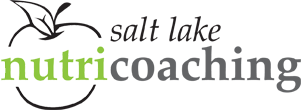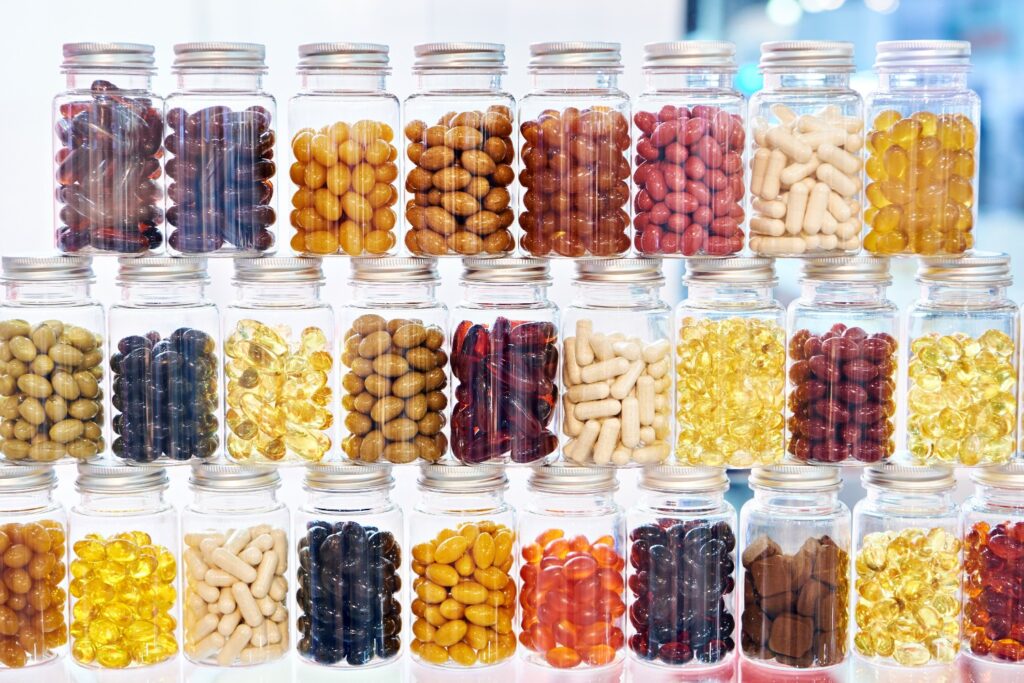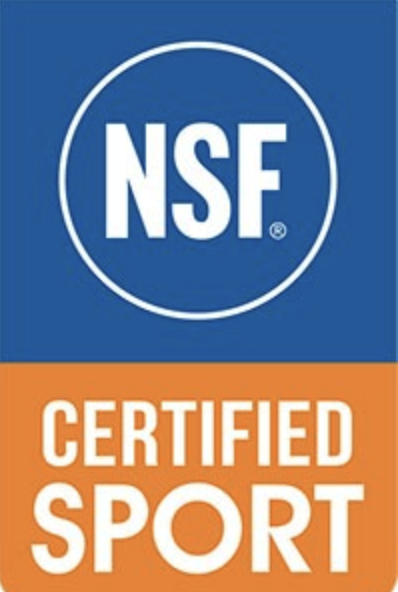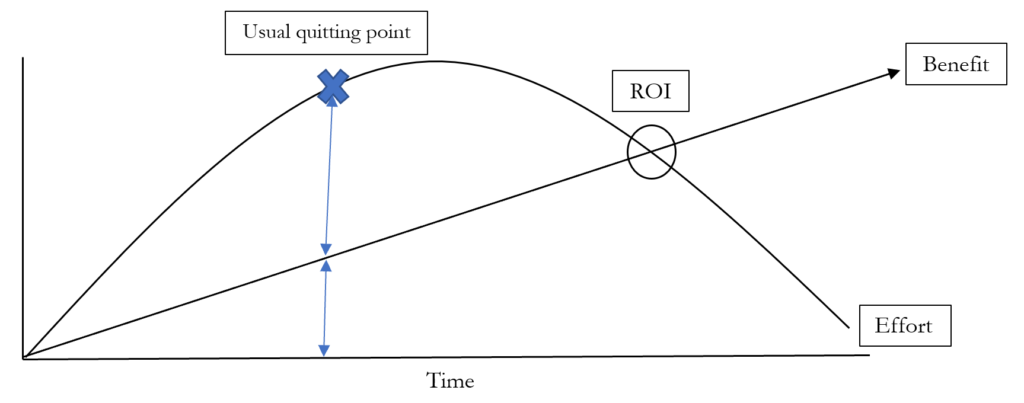Several years ago the nurse from my physician’s office called to tell me my A1c was high and that I should reduce my sugar intake. I listened and decided that one way I could do this was to quit adding sugar to my breakfast cereal. Easy, huh? Well, not really. I had always added a little bit of sugar to unsweetened cold cereals (shredded wheat, toasted oats, bran flakes) and oatmeal (I typically added brown sugar), so it was a bit of an adjustment and the change didn’t happen overnight.
Change is hard! If you have never heard of the stages of change, I’ve outlined them below.
Precontemplation—In this stage, you are unaware that there may be a problem.
Contemplation—You know that change is needed, but you are still thinking about it.
Preparation—You are getting ready to make a change. Some changes require several steps before the actual change can take place.
Action—You are making a change in this stage.
Maintenance—The change is now more of a habit, but sometimes relapses happen in this stage.
So, using the stages of change outlined above, here is how my sugar change worked.
First, I didn’t know there was a problem. Before the nurse called me, I was in the precontemplation stage of change. I had no idea that my blood sugar was high. After I learned that my A1c was in the prediabetes range, I moved into the contemplation stage of change. Now I knew I needed to make a change, but I was mulling over how I might reduce my sugar intake.
I knew I could do it in 2 ways. The first way was to reduce the amount of sugar I added. The second was to eliminate the sugar addition entirely.
For me, it made the most sense to just quit adding sugar.
With this decision, I moved to the preparation stage of change. To prepare to take action, I got rid of my sugar shaker. I knew it would be easier not to add sugar to my cereal if it required more effort (i.e. going to the pantry to get sugar out of a larger container to add to my cereal). With the elimination of the sugar shaker, I moved to the action stage of change or in my case, inaction. I no longer added sugar to my cereals and learned to accept that my cereals weren’t quite as sweet as I would like them to be. Once I continued this change for several months, I moved into the maintenance stage of change and for me, I’ve been at this stage for several years. I never add sugar to my cold cereals and only rarely do I add just a bit of brown sugar to my oatmeal when the fruit isn’t quite sweet enough.
Do I miss it? Yes and no. On my cold cereal, the answer is, “not really.” Maybe that’s because the bran flakes already have added sugar and I love shredded wheat. With oatmeal, the answer is “yes.” I do miss the sugar, but I have adjusted to having oatmeal that is less sweet. I typically add fruit (blueberries, bananas, raspberries, or peaches) and try to have a bit of fruit with eat bite.
Did making this change reduce my A1c? Yes! Between 2015 and 2017, my A1c went from 5.8% to 5.5%.
Most people underestimate how difficult it is to make a behavior change, even a simple change. When discussing options in making an eating behavior change, people think “that won’t be hard,” but in fact, it is incredibly difficult. Why? Because the change typically involves a whole lot more than the desired change.
For example, someone might want to start adding a vegetable to his dinners. Sounds easy, right? Well, not so fast. Adding a vegetable at dinner means:
- Deciding what vegetable you are going to have
- Going to the grocery store
- Purchasing the vegetable
- Preparing the vegetable
- Actually eating the vegetable
Wow! That’s a lot of steps. Behavior change is hard, but it can be done. More importantly, it can be the difference between a life complicated by health problems or one in which your food choices help lead to a healthier life. Making healthier food choices more consistently will lead to a reduced risk of chronic health problems.
When making changes, having support along the way will help. Reach out to us, if you would like guidance and support in making long-term eating behavior changes. We can help you find strategies for moving through each stage of the change process, so that it doesn’t cost an enormous amount of time, effort, or frustration.
Take one small step and reach out to Salt Lake NutriCoaching to schedule your first appointment today!















